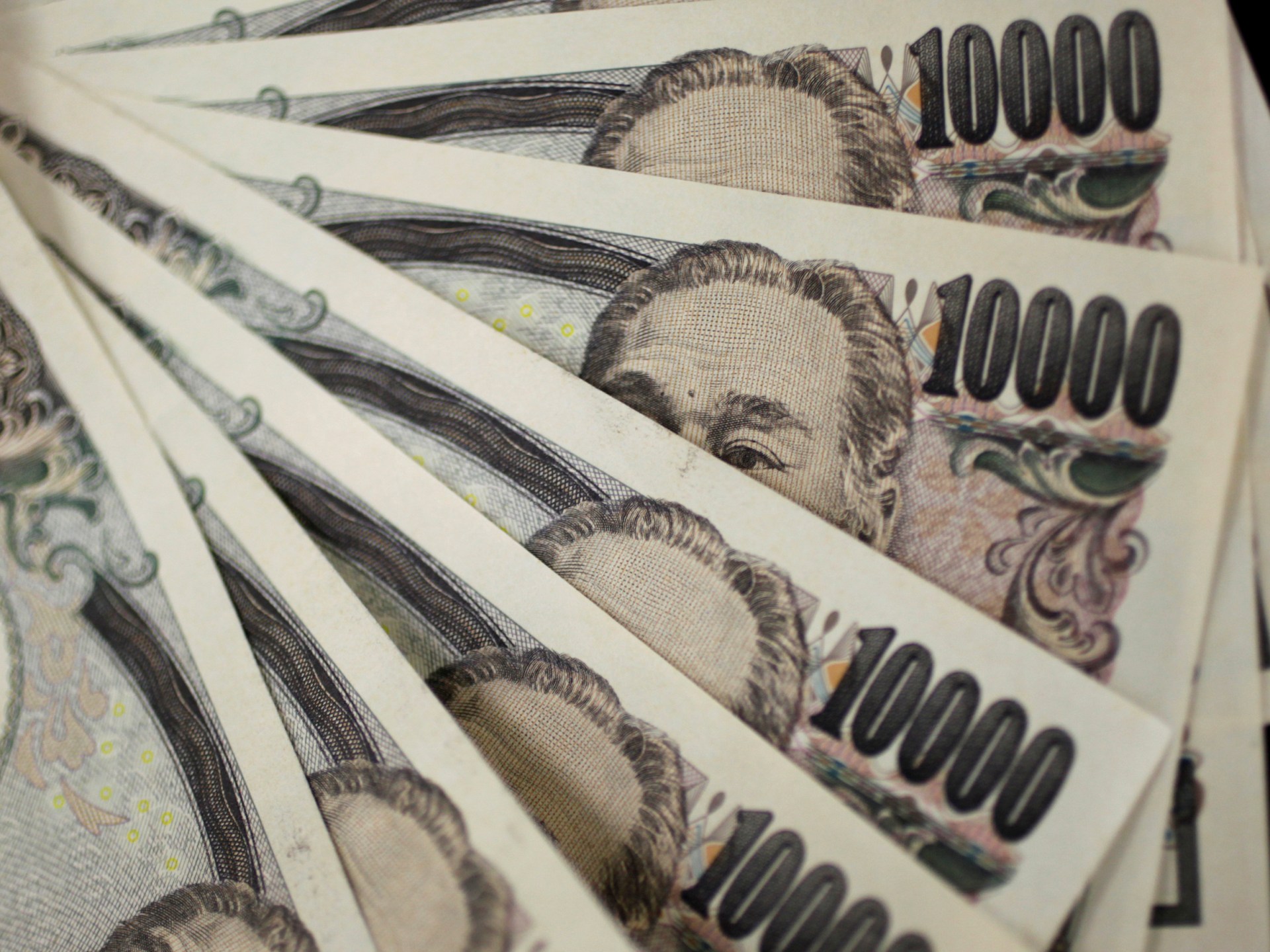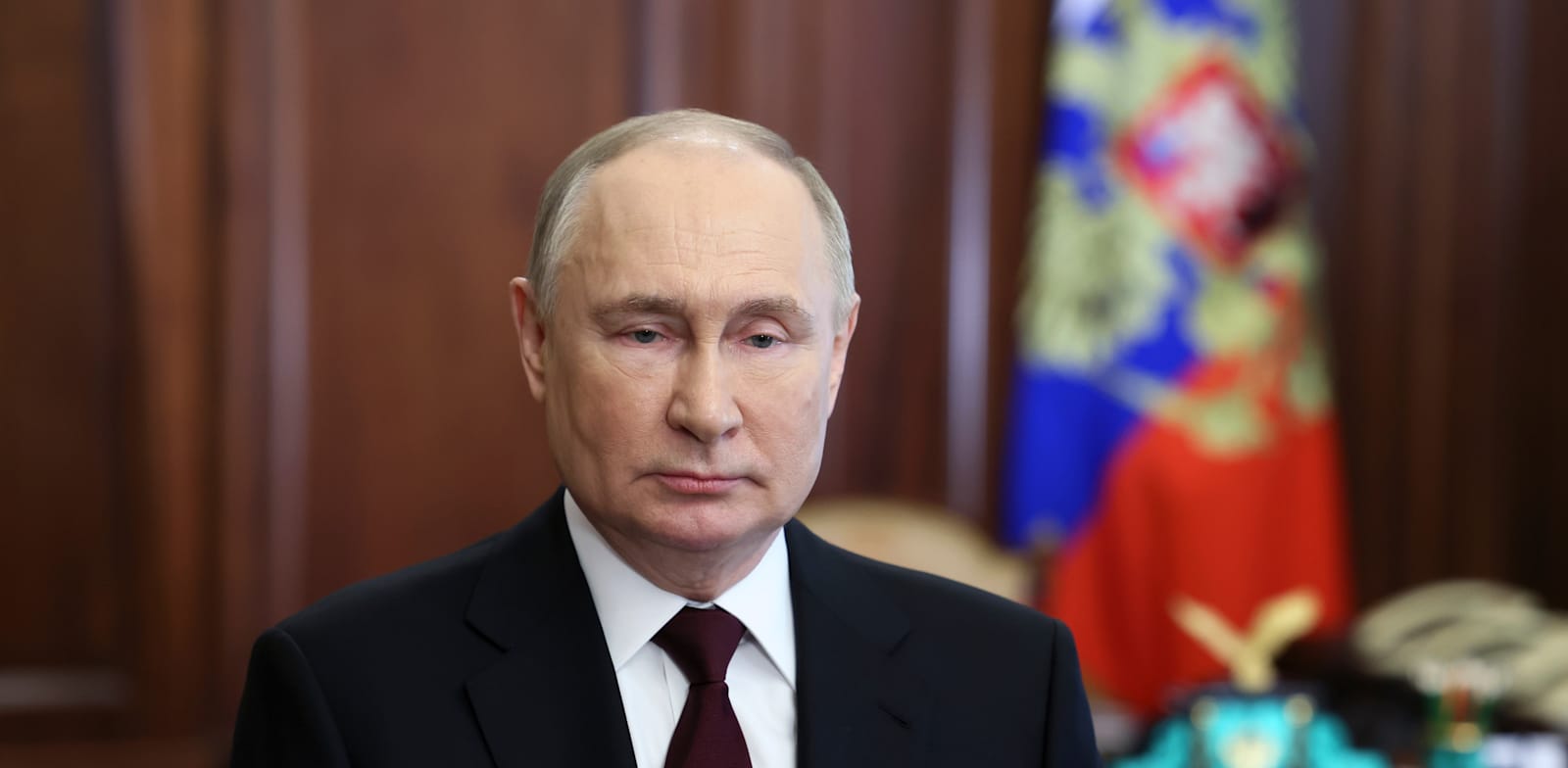The Japanese yen has been subject to significant fluctuations in trading, dropping to a 34-year low of 160.17 per dollar before recovering to 155.01. There were rumors of potential intervention by Japanese authorities to stabilize the currency, but officials remained tight-lipped about any actions taken.
Despite the speculation of intervention, the downward trend in the yen has persisted since early 2021 due to the Bank of Japan’s low interest rates compared to other central banks such as the US Federal Reserve. While a weaker yen benefits Japanese exporters and tourism, it has adverse effects on household budgets due to increased import prices.
Japanese authorities have expressed a willingness to intervene in exchange rate fluctuations, but they have refrained from doing so during the prolonged decline of the yen. The Bank of Japan maintained its benchmark interest rate at 0 to 0.1 percent with Governor Kazuo Ueda stating that exchange rate volatility would only impact monetary policy if it significantly affected the economy and prices. However, Ueda acknowledged that there was a possibility of adjusting policy in response to exchange rate movements while emphasizing economic and price stability’s importance.
The fluctuations in the Japanese yen reflect global market trends and are influenced by various factors such as geopolitical tensions and trade disputes. As such, it is essential for investors and businesses operating in Japan to monitor currency fluctuations closely and adjust their strategies accordingly.



